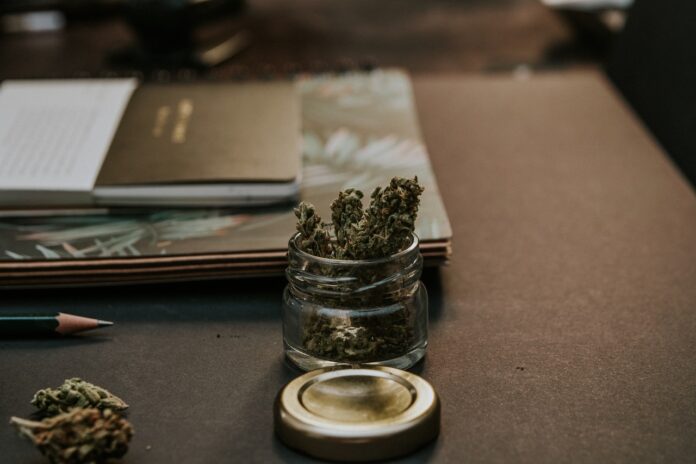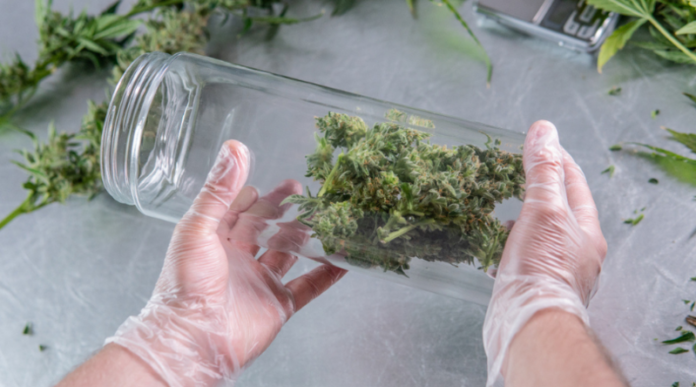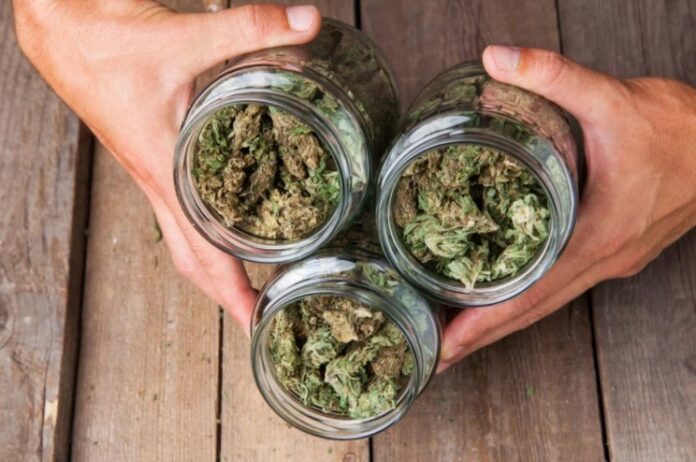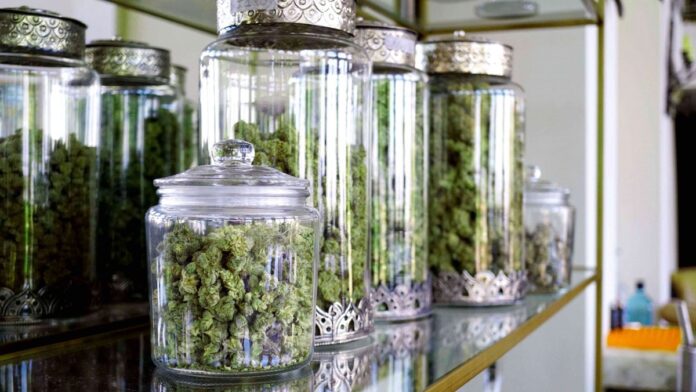
Cannabis or marijuana needs to be stored properly to protect its shelf life. Before cannabis buds are sent to dispensaries, drying, curing, and proper storage of it is vital. All three of these processes are closely related to one another.
For instance, the curing phase of the preservation process begins only when the aerobic bacteria break down the plant. This only happens at the end of the drying phase. It is only after curing that the cannabis is ready to be shipped after proper storage. Manufacturers take a lot of factors into consideration before storing cannabis.
Why focus on the storage of cannabis so much?

Properly storing marijuana is critical to the shelf life of the product. Cured buds can stay the same for months on end if properly stored. Manufacturers focus on proper storage for marijuana even after the deal for selling it has been made because they need to keep their business going. Primarily, storage is done by manufacturers for two primary purposes:
- In preparation for shipping to distributors
- For dispensaries, the packaging needs to be in accordance with weight and aroma
The manufacturer does not want to send quality cannabis to the vendor only to have them receive marijuana that has lost its aroma and weight due to the loss of terpenes. Packaging and storing thus become important factors to boost business. It is therefore beneficial to opt for foolproof preservation methods to generate revenue.
Among the many factors manufacturers need to be mindful of while storing cannabis, the following are included:
1. Temperature
Storing marijuana is a task that also needs to take the temperature conditions under consideration. The ideal temperature at which manufacturers prefer to store their weed is 21 degree celsius or 70 degrees Fahrenheit. This is for one simple reason. Heat can cause degradation in the quality of cannabis, and a humid atmosphere can contaminate the marijuana.
A higher temperature also causes loss of terpenes which eats away the aroma of the buds and flowers. Depending upon the end-use of the cannabis, manufacturers regulate the temperature of the cannabis.
2. Light and Oxygen Impact the Quality

Light exposure is the most effective way to age your cannabis. Light is a deteriorating factor for marijuana was known since 1976 when a study was published in Pharmacy and Pharmacology. For cannabis extracts or herbal or resin variants, storage in a dark container can raise the shelf life of the product to a couple of years at least.
The UV radiation in light causes the most damage to the quality of weed. While glass containers are often used to store cannabis, an opaque container is the best to reduce the risk of damage from sun exposure. Green and brown-colored containers work the best to prevent damage.
Apart from light, oxygen, and exposure to air, in general, does not do marijuana any favors either. Oxygen initiates a conversion process that changes the chemical properties of cannabis and does not make it as intoxicating as it is originally meant to be. The terpenes of the marijuana would be reduced to a grassy smell.
To prevent this, manufacturers store weed in airtight containers. This can be a glass jar as long as it is kept away from sunlight so that the potency of the cannabis remains intact. With options like a Roetell glass bottle to store cannabis in, the manufacturer can specially customize the container as per their needs, and they also wholesale candle jars.
3. Weight and Aroma Matters
Weight and aroma are factors that are by all means the defining factors in weed production, selling, and buying. Apart from the cured 10% RH water loss, any other loss of moisture would reduce the weight of the cannabis, making you lose revenue in the long run. The aroma will also be influenced as the potency of the marijuana will reduce with degradation.
How is Cannabis Stored and Preserved?

Manufacturers have been looking for an effective way to store and preserve their production for a long time. There have been different methods of storing marijuana that are:
The Traditional Method
Using plastic ziplock bags and simple plastic medicine bottles was a common practice for storing marijuana which still continues at the local level. Needless today, these storing practices were not very practical or safe. Marijuana and medication are not a great combination. Plastic baggies, on the other hand, caused the cannabis to become less intoxicating, given the light deterioration it was subjected to.
Plastic bags were also not effective because they caused the buds to either be too dry or too moist to be appropriately used. There was a considerable risk of contamination which is why manufacturers and other users soon discontinued these prefixes.
The Modern Method
With the growth of the commercial business, storage techniques evolved. The manufacturers took notes from other industries and adopted many of the regular storage policies. With the invention of Mylar, the storing of cannabis became easier. Mylar was not only durable and cheap but also could be accommodated to provide different sizes for a variety of products.
Storing for Shipping

For any manufacturer, the revenue and the profits depend on the weight of the product and the potency of the cannabis. The weight, in turn, is dictated by whether or not your cannabis is of good quality or not. Moisture can cause mold, while dryness can cost your precious terpenes. Storage methods should thus ensure optimal quality when it reaches the dispensaries.
Conclusion
Manufacturers need to preserve the potency of cannabis as it is the primary cause of its sales and demand. Storage practices may vary, but what remains the same are the factors that impact the quality of the product. Whether it is the right temperature, exposure to air and light, the weight of the product, and its smell, everything should be optimal before distribution so that a manufacturer can continue a successful business. Storage tactics have changed and developed so that the quality of cannabis is not compromised as it exchanges hands.











